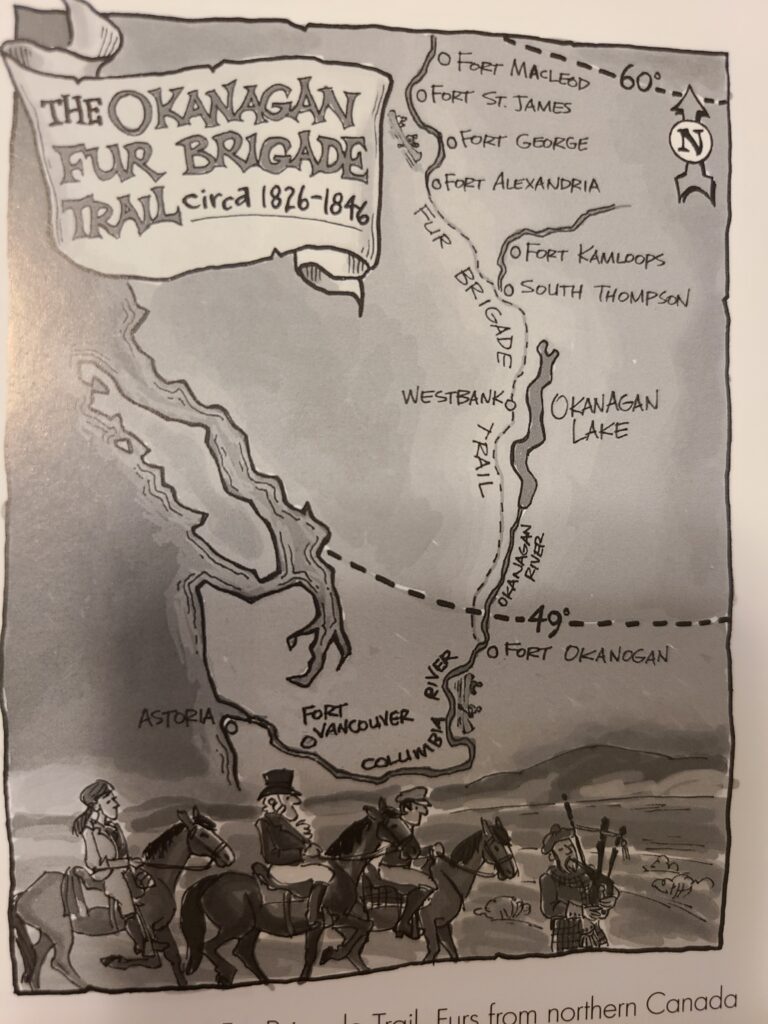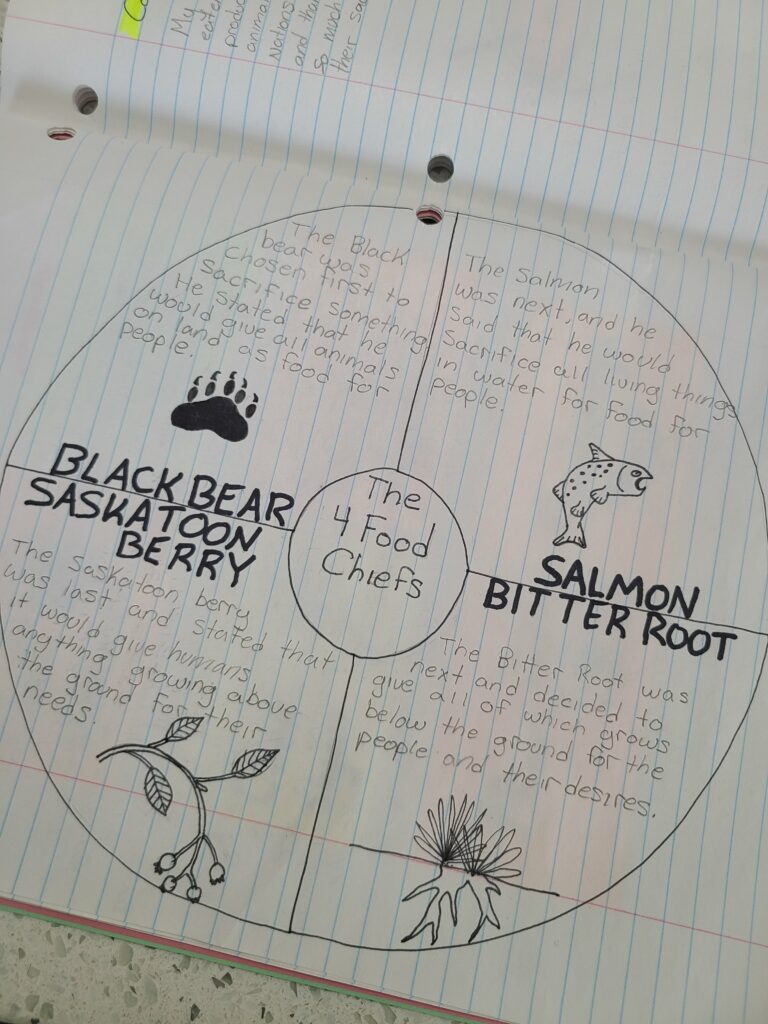~Educators respect and value the history of First Nations, Inuit and Metis in Canada and the impact of the past on present and the future. Educators contribute towards truth, reconciliation and healing. Educators foster a deeper understanding of ways of knowing and being, histories, and cultures of First Nations, Inuit and Metis~
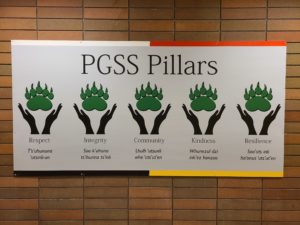
I was overjoyed to be able to implement explicit Indigenous content into many of my lessons. During our unit about myths, legends, fables, and fairytales, I intentionally incorporated many Indigenous legends. We watched the legend of Lumaajuuq and Maq and the Spirit of the Woods, we read several short legends such as How Raven Brought the Light, Cloudwalker, Orca Chief, and Peace Dancer, and we recreated the creation story of Turtle Island through visual art and story. Part of this section of the unit was also being able to understand the importance of oral tradition and visual tradition. Students learned that stories and information can be passed down through word of mouth or by visual means like art, and not just through writing. After reading the Turtle Island creation story, students recreated their own version of Turtle Island in order to practice conveying their own personal story through visual art. The results were creative, insightful, and very respectful. I made sure to spend time talking about different cultures and the different way in which cultures express information. I believe that English class should explore more than one means of expression which is typically writing. I was extremely impressed with the students’ ability to understand the importance of written, visual, and oral means of expression in language, and their respectful and inquisitive learning of different cultures.
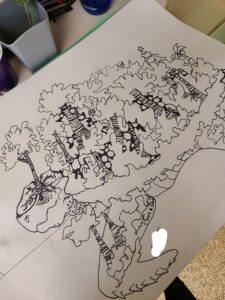
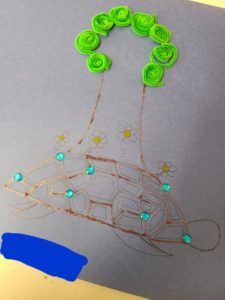
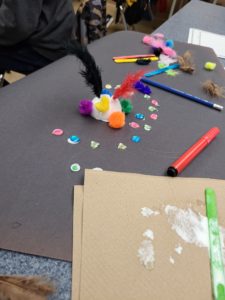
(several different in-progress creations of students’ Turtle Island)
During my 491 practicum, I continued to incorporate Indigenous knowledge and ways of being and knowing into my teaching and lessons. Doing my practicum in SD23 (Kelowna) was such a great opportunity because it allowed to explore a different group of Indigenous people than I had previously explored in SD57 (Prince George). I created and instructed a unit about Syilx/Okanagan traditional language, stories, food, and cultures/traditions which the students were very engaged in an involved in. Some traditional Syilx stories explored were The Four Food Chiefs, Chipmunk and the Owl Woman, Lazy Boy, and How Food was Given. We learned about the specific Okanagan experience of pre-contact and first contact with the European settlers (the Fur Trade route being active in West Kelowna) and discussed reconciliation in the Okanagan. This unit was assessed using interactive notebooks and an interactive timeline
